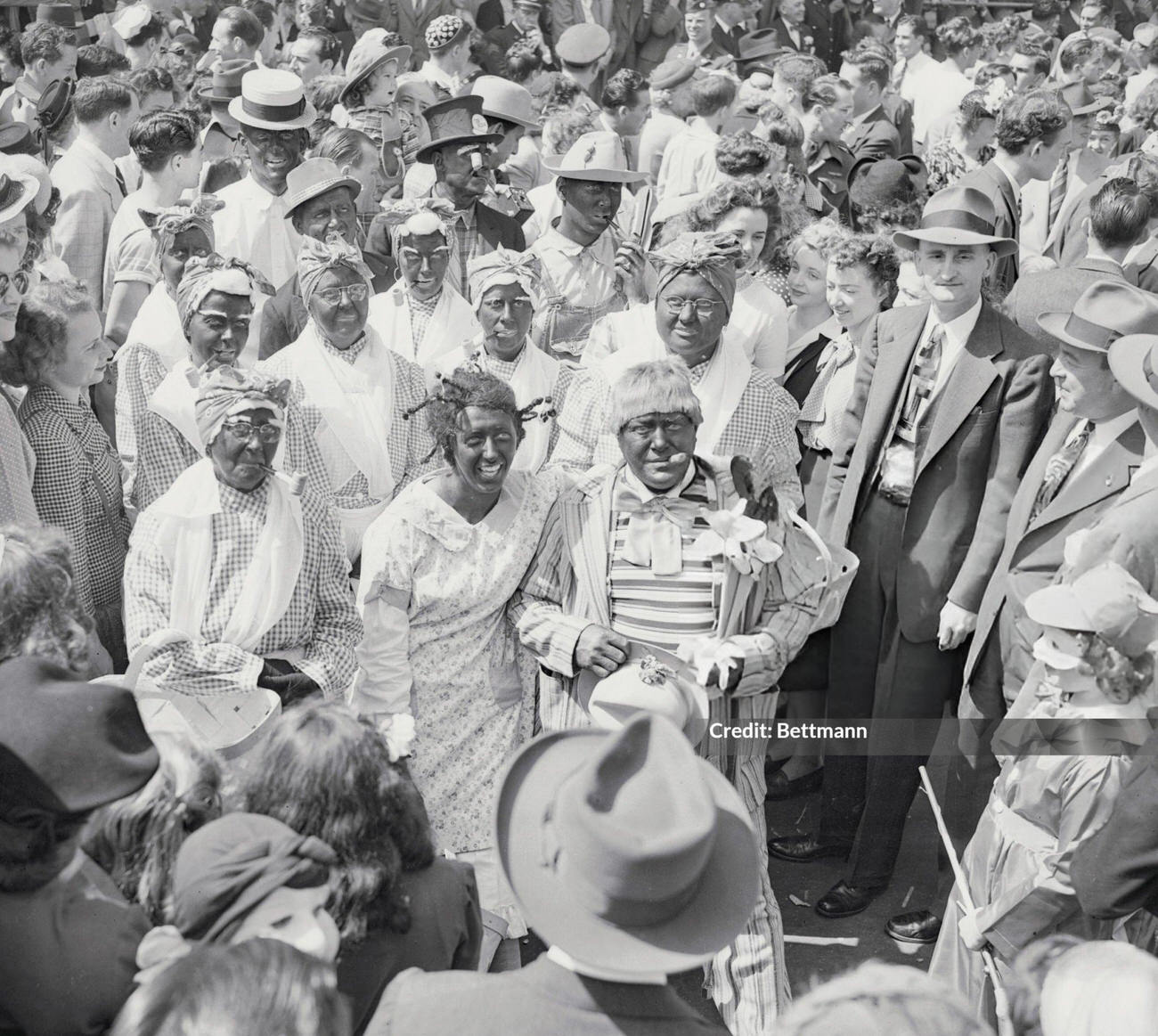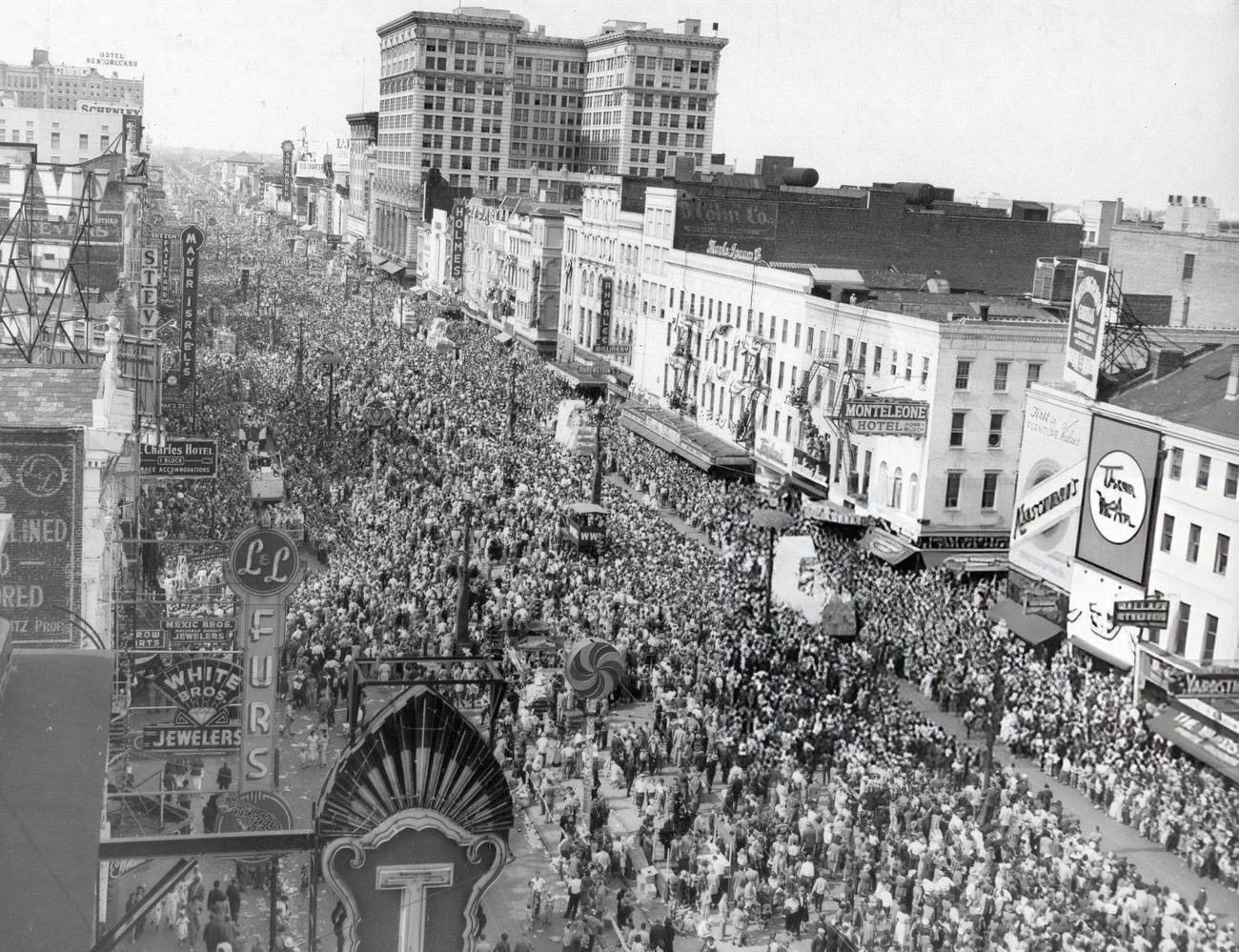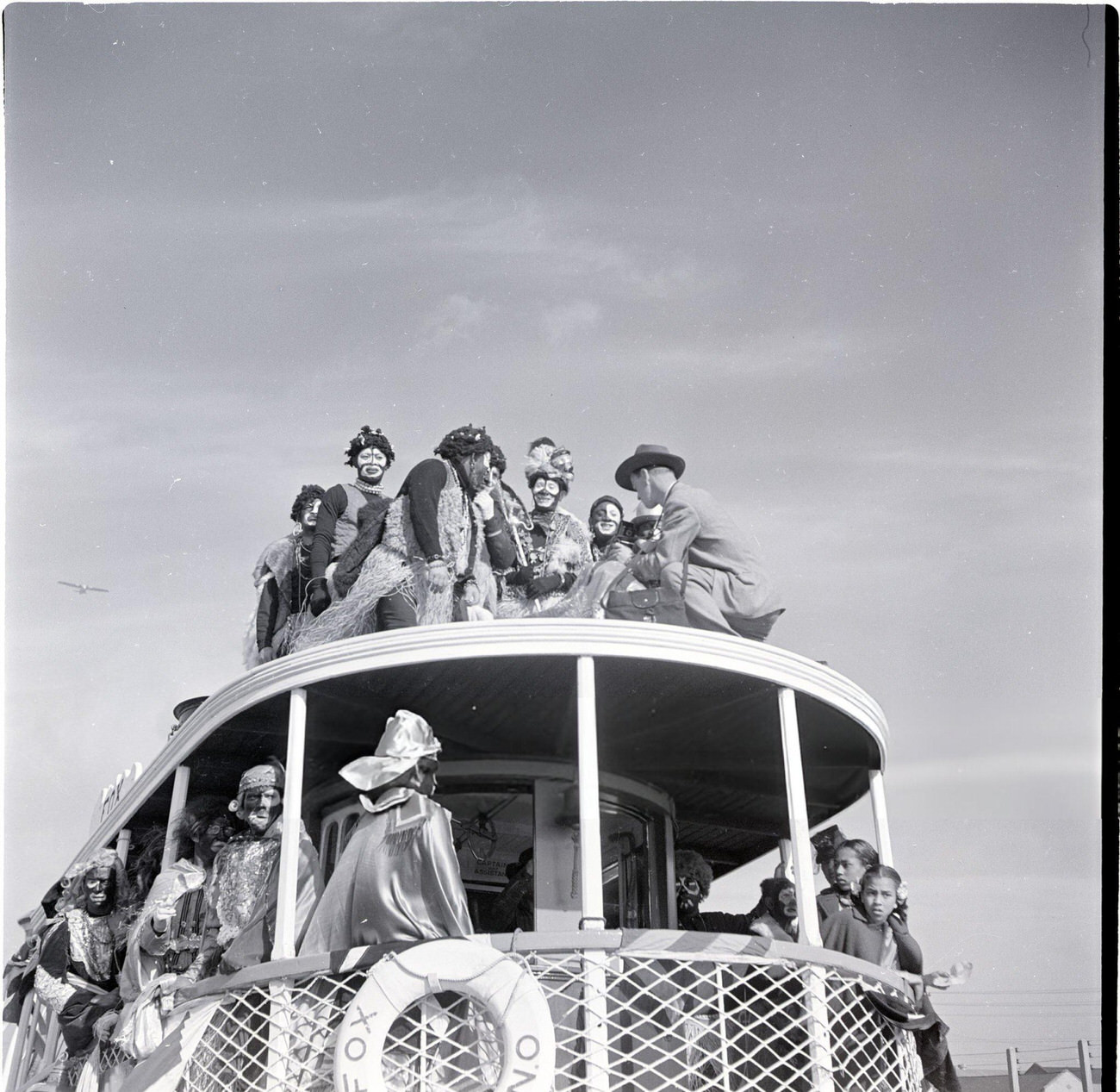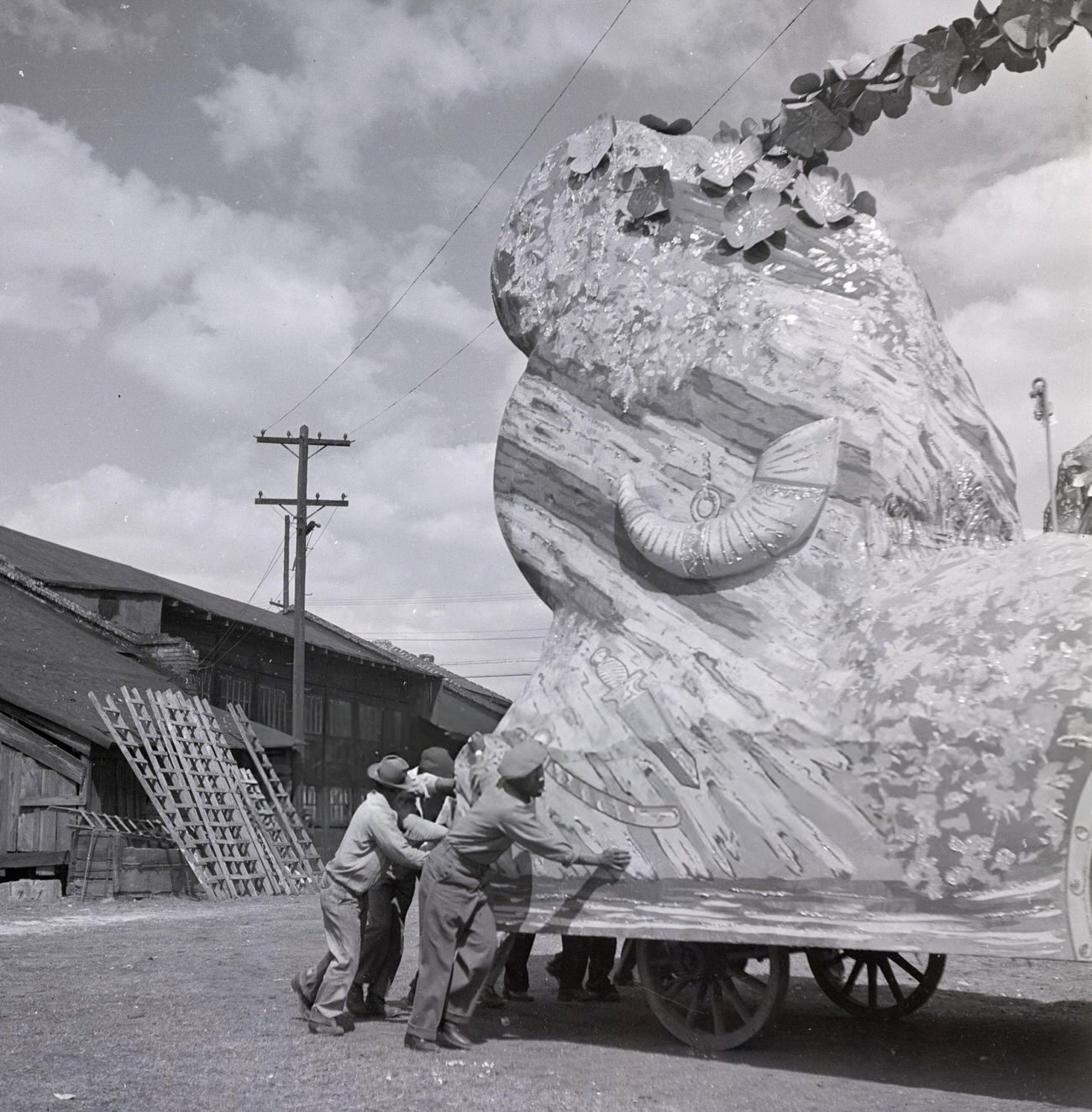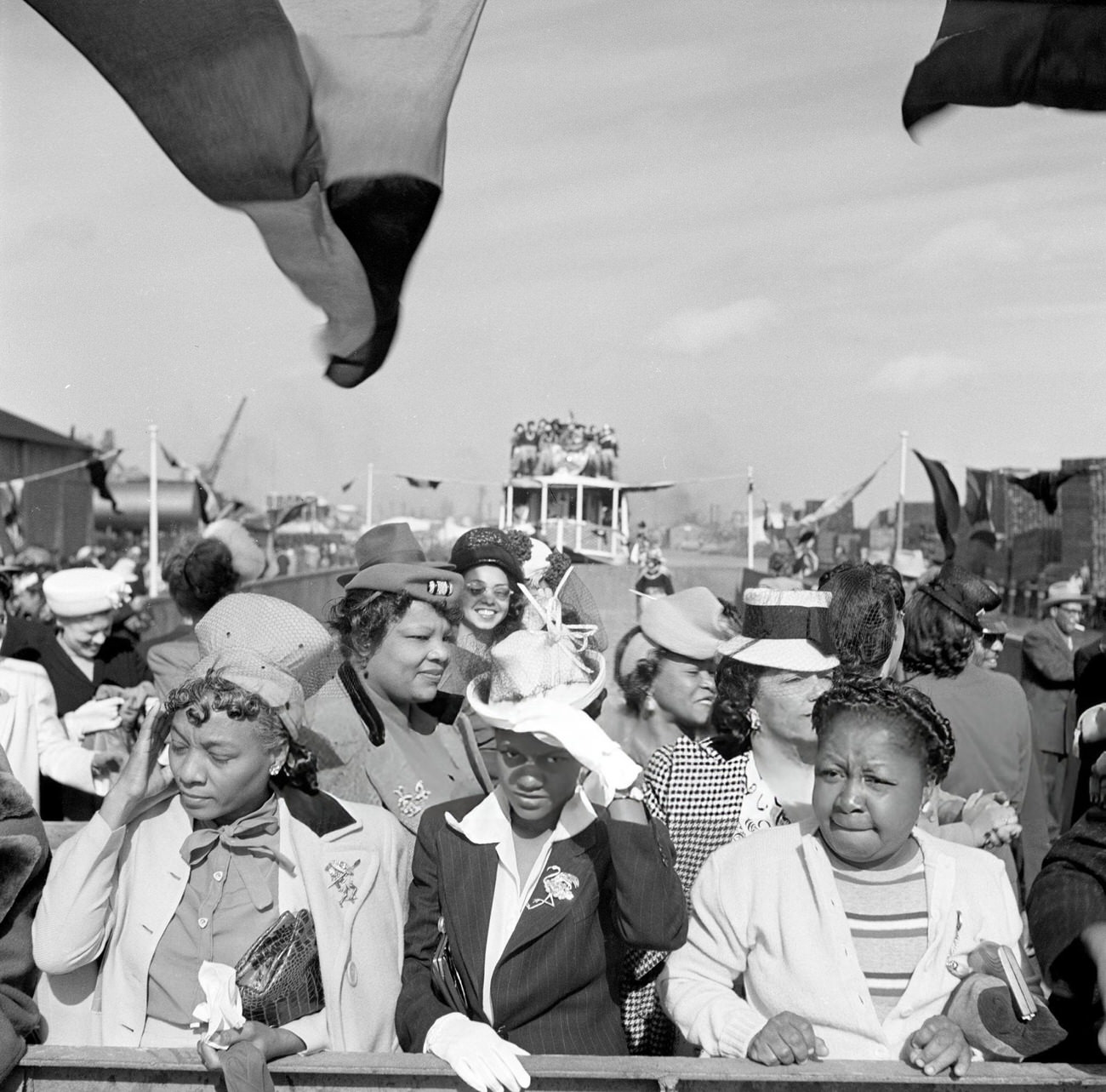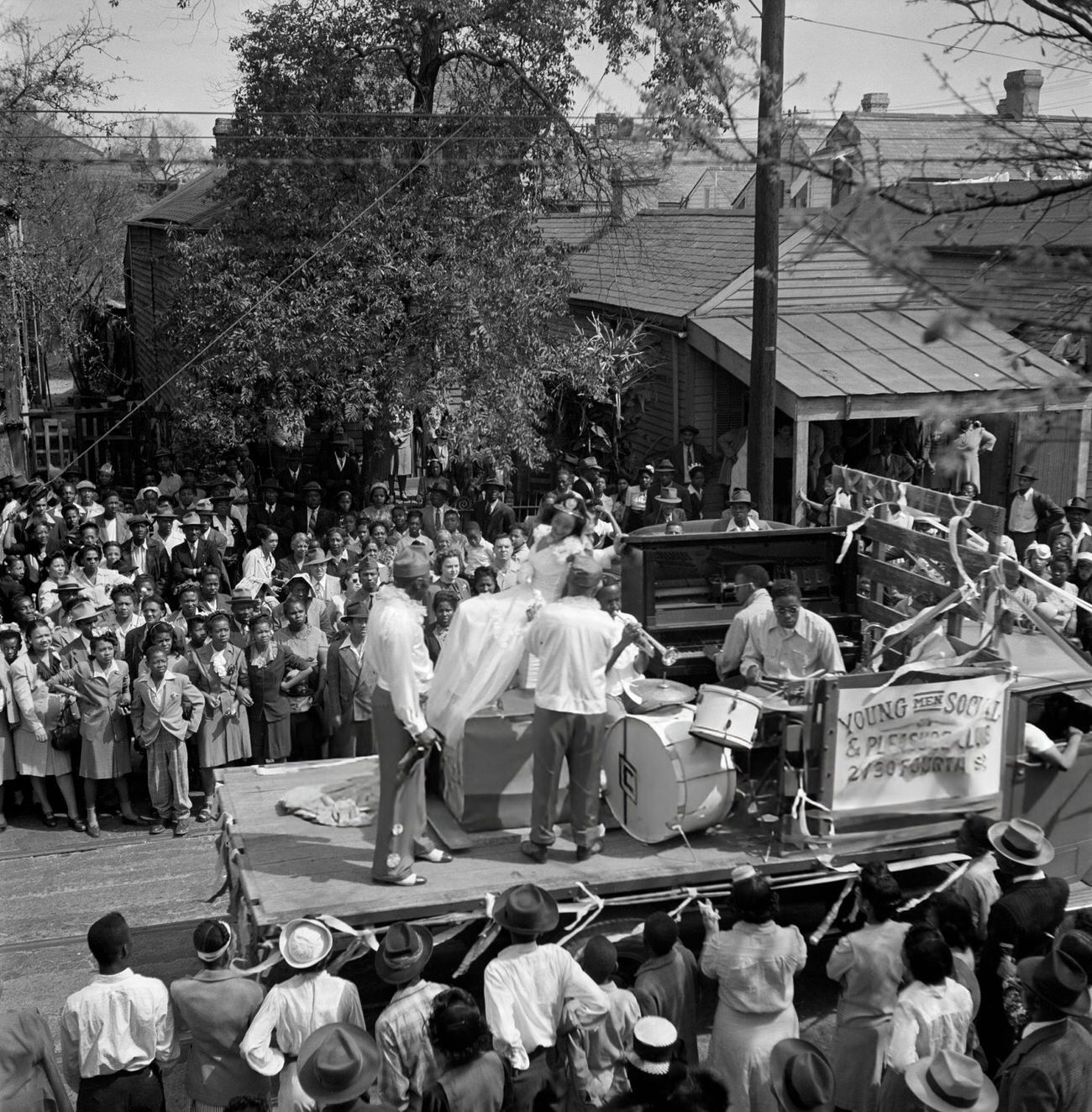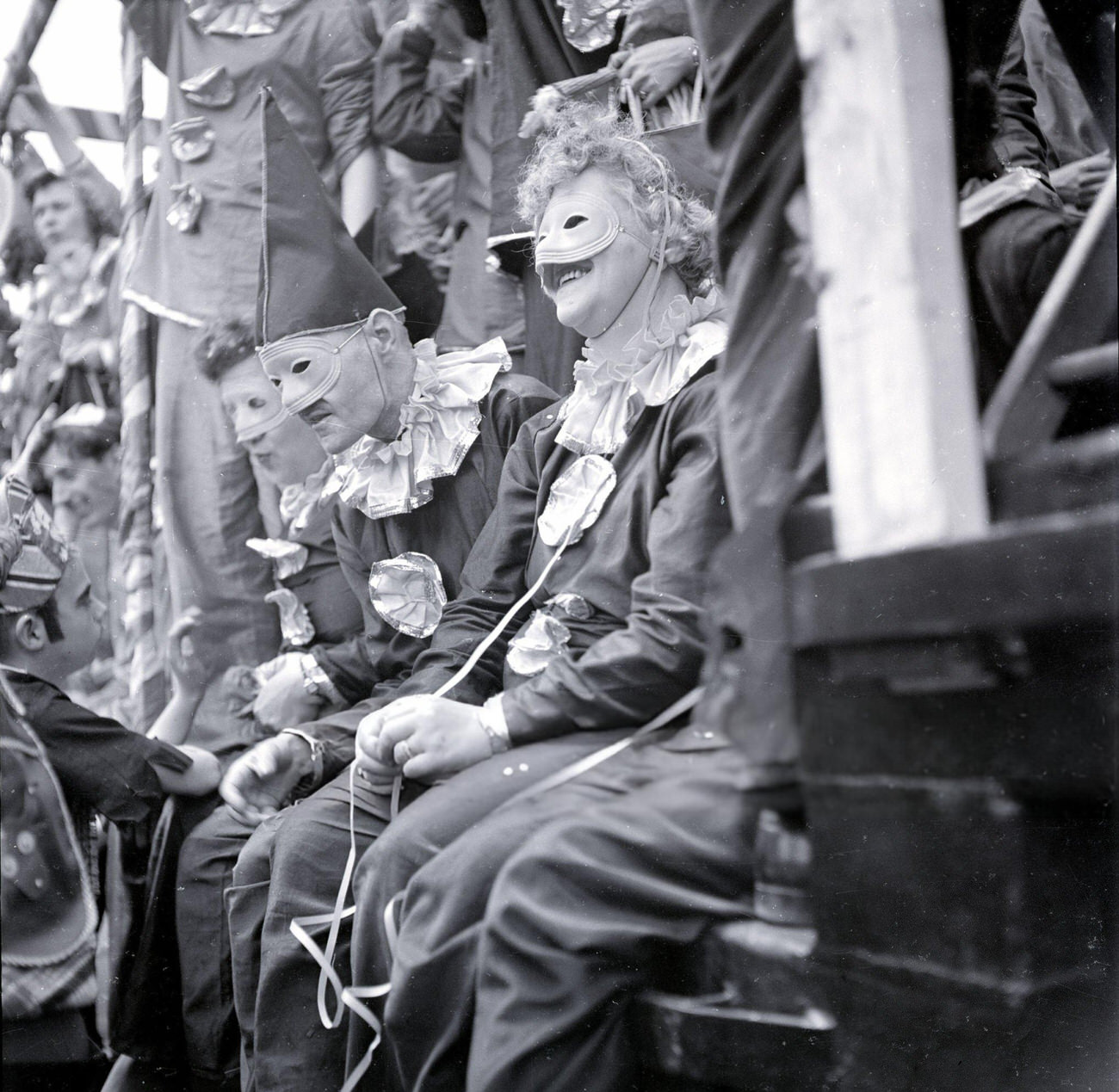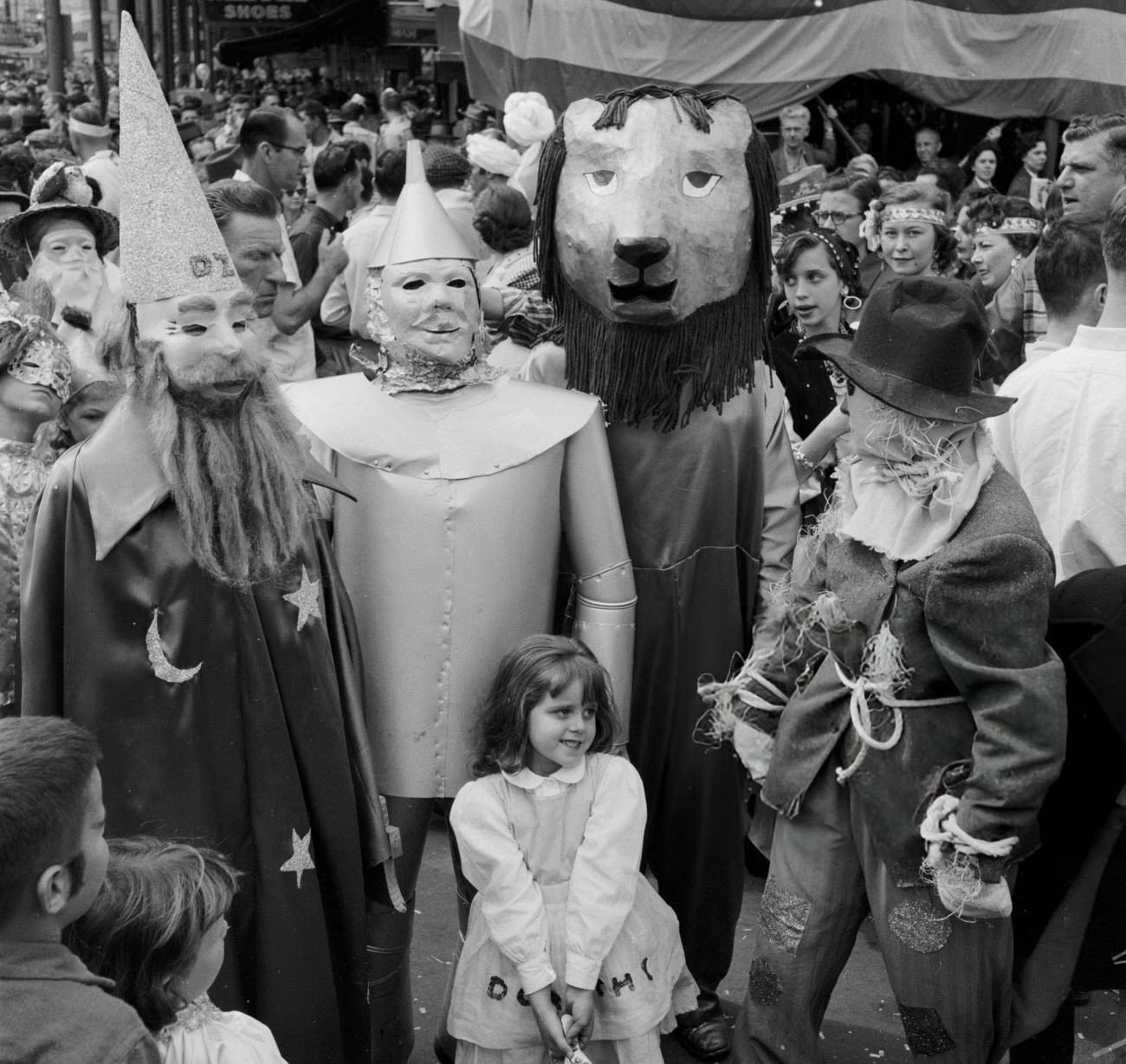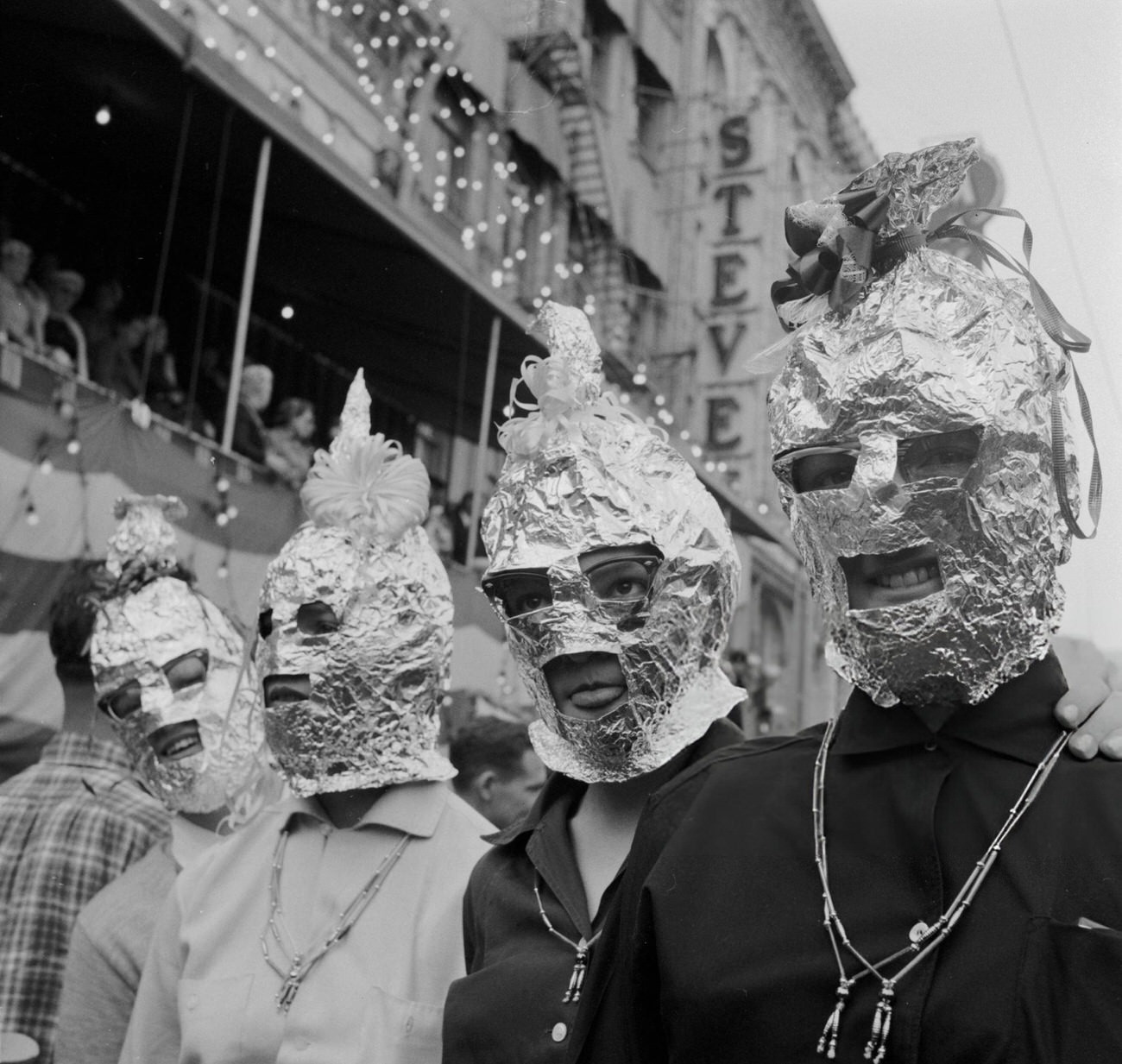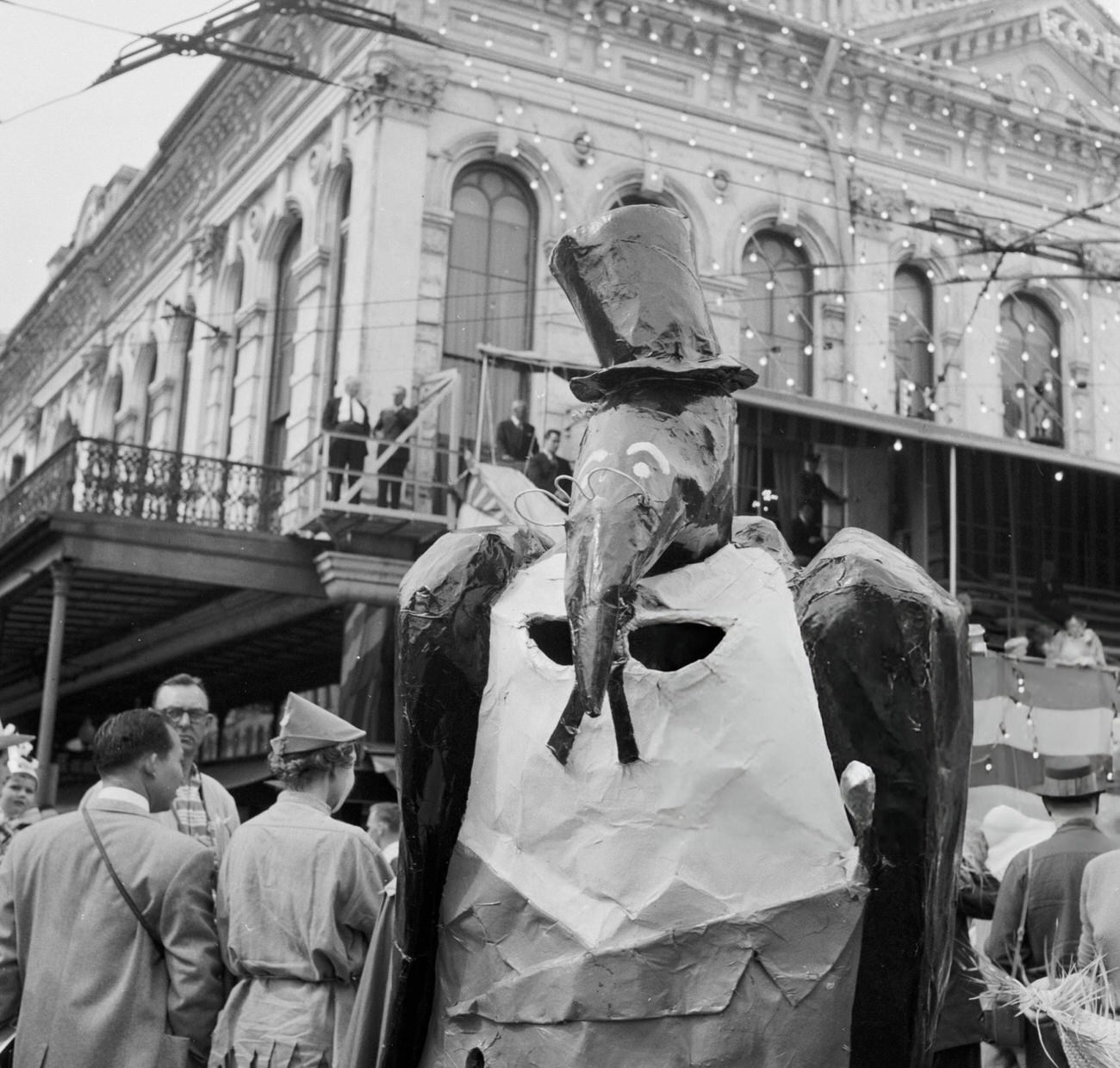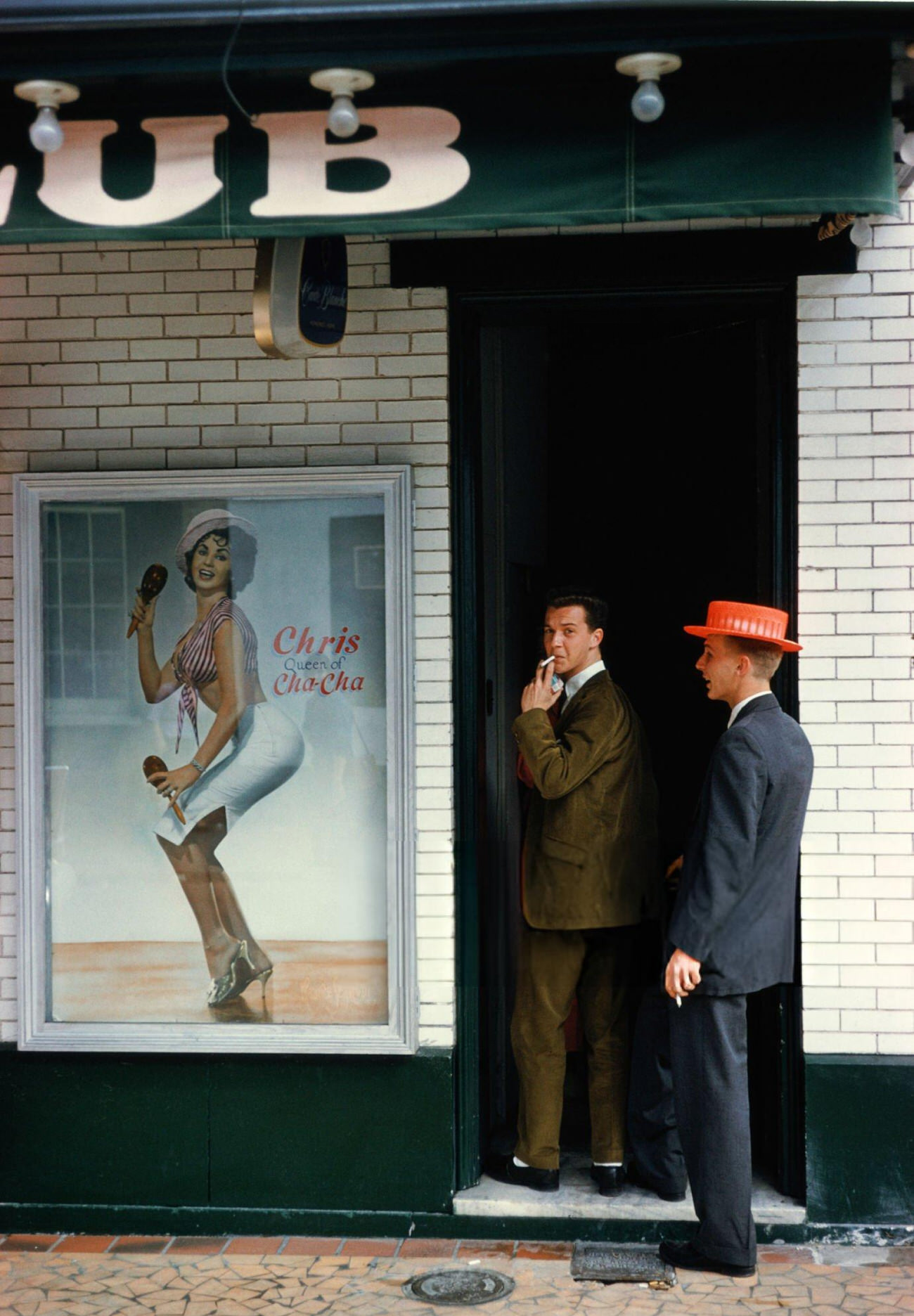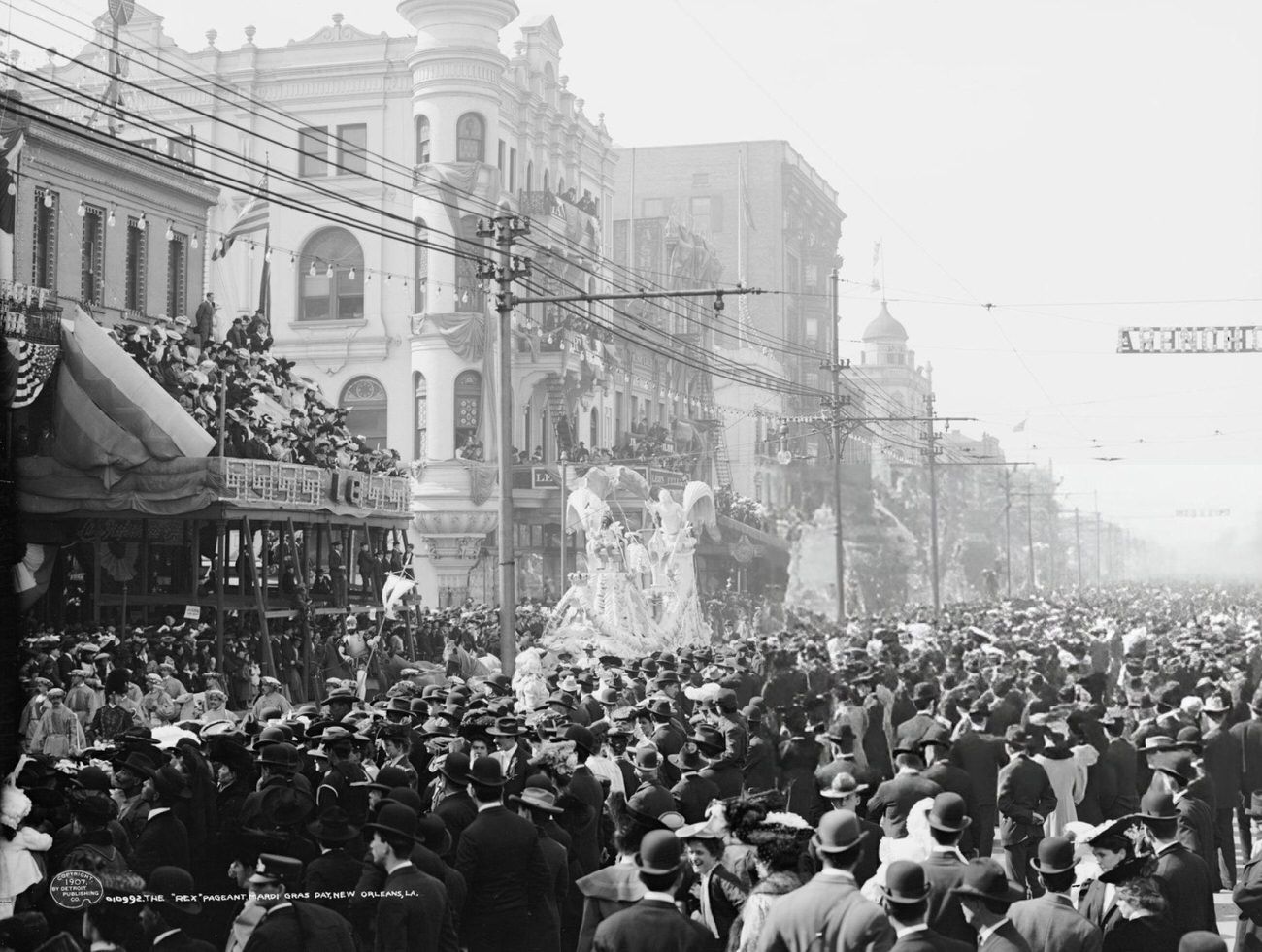Mardi Gras in New Orleans isn’t just a party; it’s a cultural phenomenon woven into the city’s fabric. Throughout the 20th century, Mardi Gras evolved and transformed, but its core spirit of revelry and celebration remained constant. From grand parades to elaborate costumes and masked balls, the festivities captured the unique spirit of New Orleans and left an enduring legacy on its cultural landscape.
Early 20th Century: Tradition and Transformation
The 20th century dawned on a New Orleans steeped in Mardi Gras tradition. Krewes, or social clubs, continued to organize elaborate parades and balls, with each vying to outdo the others in spectacle and extravagance. The Krewe of Rex, founded in 1872, reigned supreme with its King of Carnival and lavish floats.
However, the early decades of the century also saw changes. The rise of automobiles brought a new element to the parades, as motorized floats began to replace horse-drawn carriages. This allowed for larger and more elaborate displays, further amplifying the grandeur of the processions.
Read more
The Roaring Twenties and the Great Depression
The 1920s brought a sense of exuberance to Mardi Gras, reflecting the broader societal trends of the era. Jazz music filled the streets, flappers danced in their colorful costumes, and the revelry reached a fever pitch.
The Great Depression of the 1930s cast a shadow over the festivities, but Mardi Gras endured. The spirit of resilience and community shone through, as people found solace and joy in the celebration, even during difficult times.
Mid-Century Mardi Gras: Growth and Expansion
The mid-20th century witnessed a significant expansion of Mardi Gras. New krewes were formed, each with its unique theme and traditions. The parades grew longer and more elaborate, attracting larger crowds from across the country and around the world.
The advent of television brought Mardi Gras into the living rooms of millions, further enhancing its popularity and reach. The city’s reputation as a vibrant cultural hub solidified, and Mardi Gras became synonymous with New Orleans.
The Civil Rights Era and Social Change
The Civil Rights era of the 1950s and 1960s brought social and cultural changes to New Orleans, and Mardi Gras was not immune. Krewes, traditionally exclusive and segregated, faced pressure to integrate.
While progress was slow, some krewes began to admit African American members, marking a step towards greater inclusivity. The fight for equality and justice resonated throughout society, including the realm of Mardi Gras.
The Late 20th Century: A Modern Celebration
The late 20th century saw Mardi Gras evolve into a modern celebration, balancing tradition with innovation. The parades became more diverse, reflecting the city’s multicultural population. Music, floats, and costumes showcased a blend of old and new, creating a vibrant tapestry of cultural expression.
The tradition of throwing beads and other trinkets from floats became a hallmark of Mardi Gras, adding an interactive element to the festivities. The crowds lining the streets eagerly caught the coveted throws, creating a shared experience of joy and excitement.
As we enter the 21st century, Mardi Gras in New Orleans continues to thrive, carrying on the traditions and spirit of the 20th century. The parades, balls, and street parties remain as vibrant and exciting as ever, drawing visitors from around the globe.













